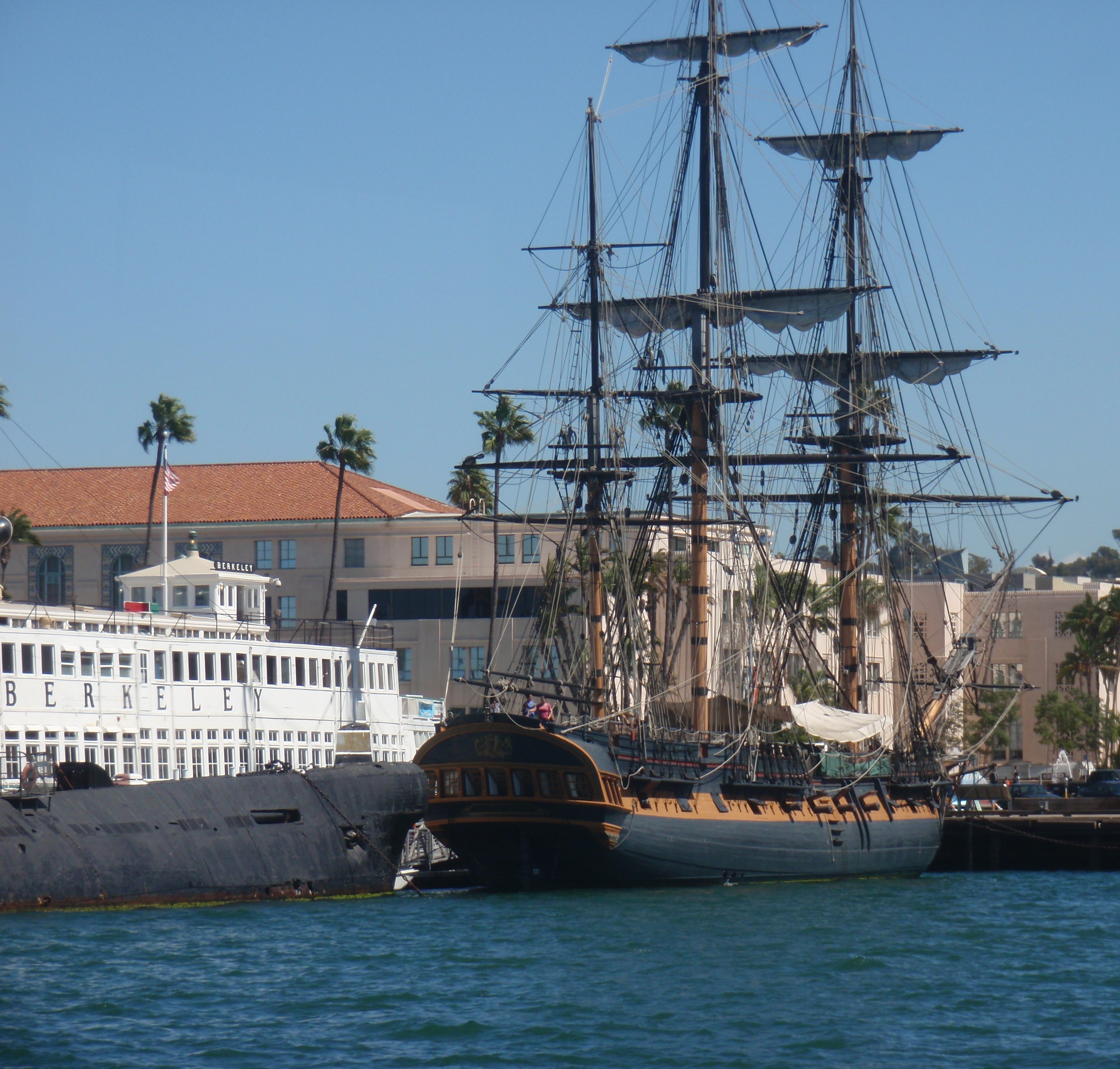
In Black Flags, Blue Waters, author Eric Jay Dolin says that many men in the American colonies signed on with a pirate captain for a cruise in order to make a fortune.
Even modest good luck would produce enough wealth to buy a nice chunk of land and enough livestock to live well.
A really successful voyage would produce enough loot to be quite well-off when you returned.
A long shot, but a reasonable chance to get a fantastic start in life.
As I read the book I realize this is incredibly similar to the tale of Vikings 600 years earlier. Many Scandinavians went aviking one or two times with the goal of coming back with enough silver to buy land and cattle. After a summer long journey one could easily come back with enough money to be a farmer. That would immediately move you into the landed class in the fall after having been a laborer during the previous winter.

Magnitude of the Golden Age of Piracy
Book says that one researcher estimates there were about 4,000 pirates active during the Golden Age of Piracy, which ran from about 1716 through 1726..
Another historian estimates that about 2,000 British merchant ships were destroyed at the hands of the French and Spanish during the War of Spanish Succession.
Pirates caused more damage than that. Another researcher estimates that pirates plundered somewhere around 2,400 British ships during that timeframe.
Contributing greatly to ending the Golden Age of Piracy were the reported hangings of 400 pirates for their crimes. Book points out that is probably not the actual number. I suppose that will work as an indicator.
The point is the British finally got really, really serious about ending piracy and the Americans, oops I mean colonial governments, also got serious. Lots of publicity attending 400 hangings would tend to calm the ardor of many potential pirates and encourage retirement of those not yet caught.